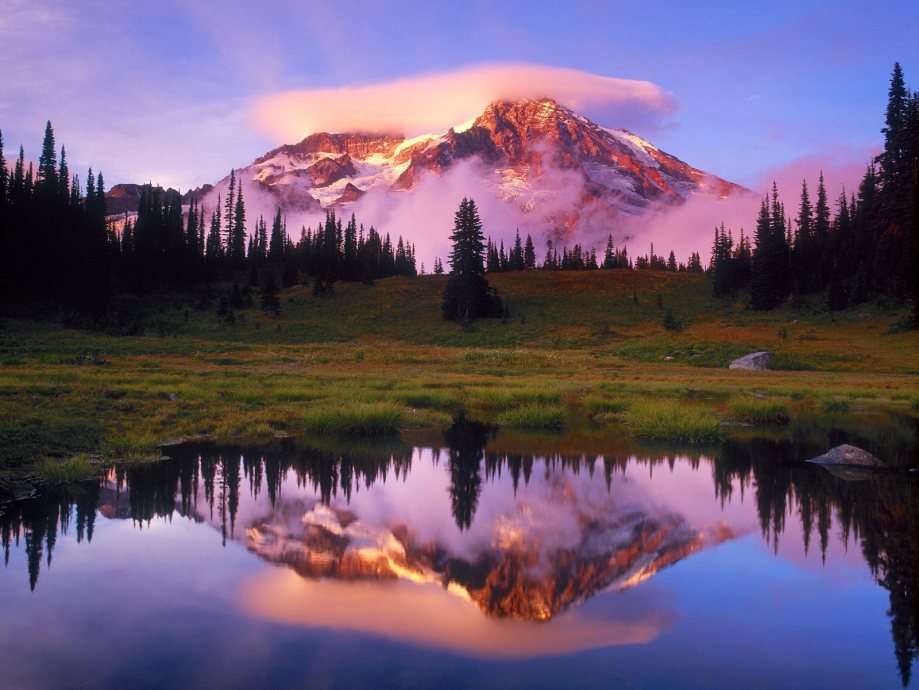
A purely ornamental garden is like a beautiful, sleek automobile with no engine. What natural design does mean is that landscapes that incorporate native plants and natural processes will require less time, money, and energy for upkeep than designs in which plants are selected and combined for ornamental effect alone. This does not mean that natural landscapes are maintenance-free and can be completely left to natural processes with no human guidance, however. Natural design techniques can make a great contribution in this regard. The managerial aspect of natural design is tied to the fact that reducing landscape maintenance is a strong priority for virtually all our clients. To successfully accomplish a marriage of art and nature, we should sometimes put our egos aside and let nature be our guide. We therefore have a responsibility to contribute continuity and a sense of place to the larger landscape.

Unlike a painter whose art occupies an isolated canvas, our work visually interacts with the surrounding landscape, both natural and constructed. But, as landscape designers, our medium is the land. Some designers may object to uniformly patterning their work on the native landscape, feeling they are homogenizing their designs or stifling their artistic expression. The aesthetic aspect of our designs is highly subjective, and individual style varies greatly. The basic considerations of natural design can be broken down into three categories: aesthetic, managerial, and environmental. The goal is to create a framework with the overall designed landscape that has an aesthetic and ecological relationship to our indigenous landscape through the use of native plants in their natural associations. This does not mean, however, that we must design exclusively with native plants, attempt to copy nature exactly, or exclude the influences of other design styles. Understanding this order and using it in our designs is the key to making natural design workable and successful. Too often, random informality passes for “natural,” when in reality nature is highly ordered and anything but random. But their successful incorporation requires a basic understanding of how native plants operate in nature. The basic concept behind natural design, however, is fairly simple – to incorporate native plant communities into the designed landscape.

And advocates of natural design are not necessarily eager to banish a host of beautiful exotics from the plant palettes of American landscape designers, replacing the plants with a motley crew of straggly natives. A landscape with curved bed lines, informal plant arrangements, and no pyramidal yews does not always qualify as a natural landscape. The elements that make a landscape design “natural” are difficult to define. It was republished in Connecticut Horticultural Society Newsletter, February 2010. Photos by Larry Weaner unless indicated otherwise. It originally appeared in American Nurseryman, Jan. By Maureen Sundberg on Augin Designing Ecological Landscapes, Landscape Design by Larry Weaner This article is reprinted with the permission of the author.


 0 kommentar(er)
0 kommentar(er)
